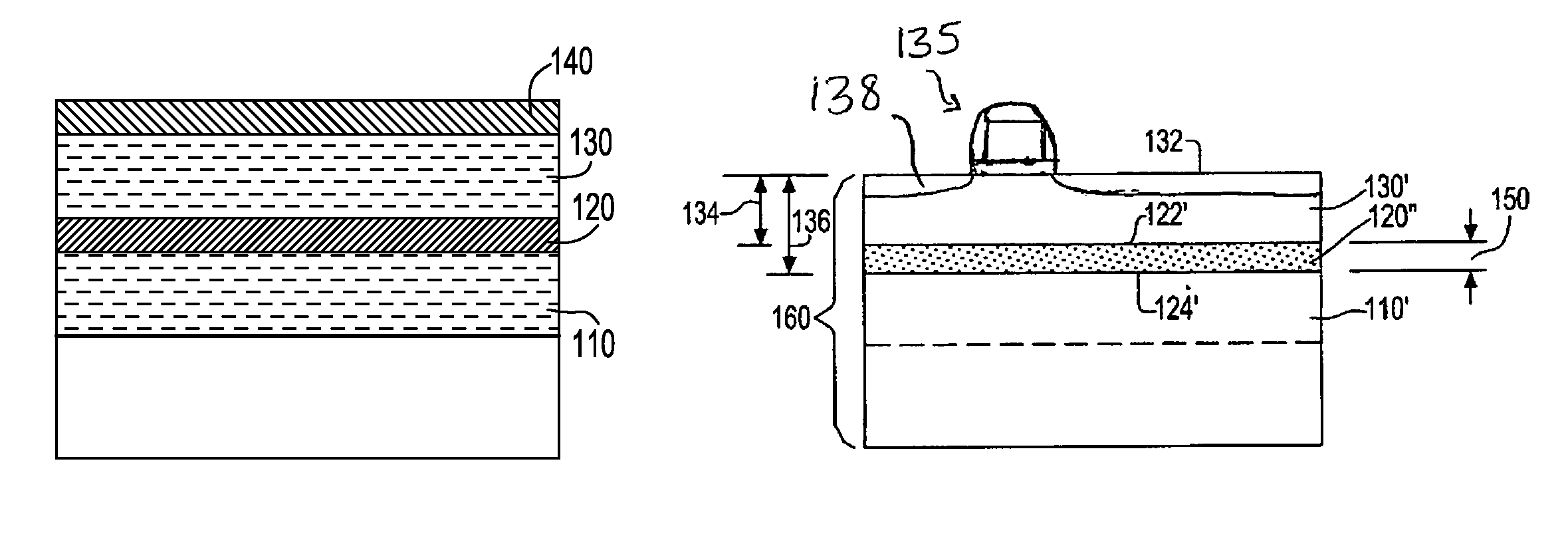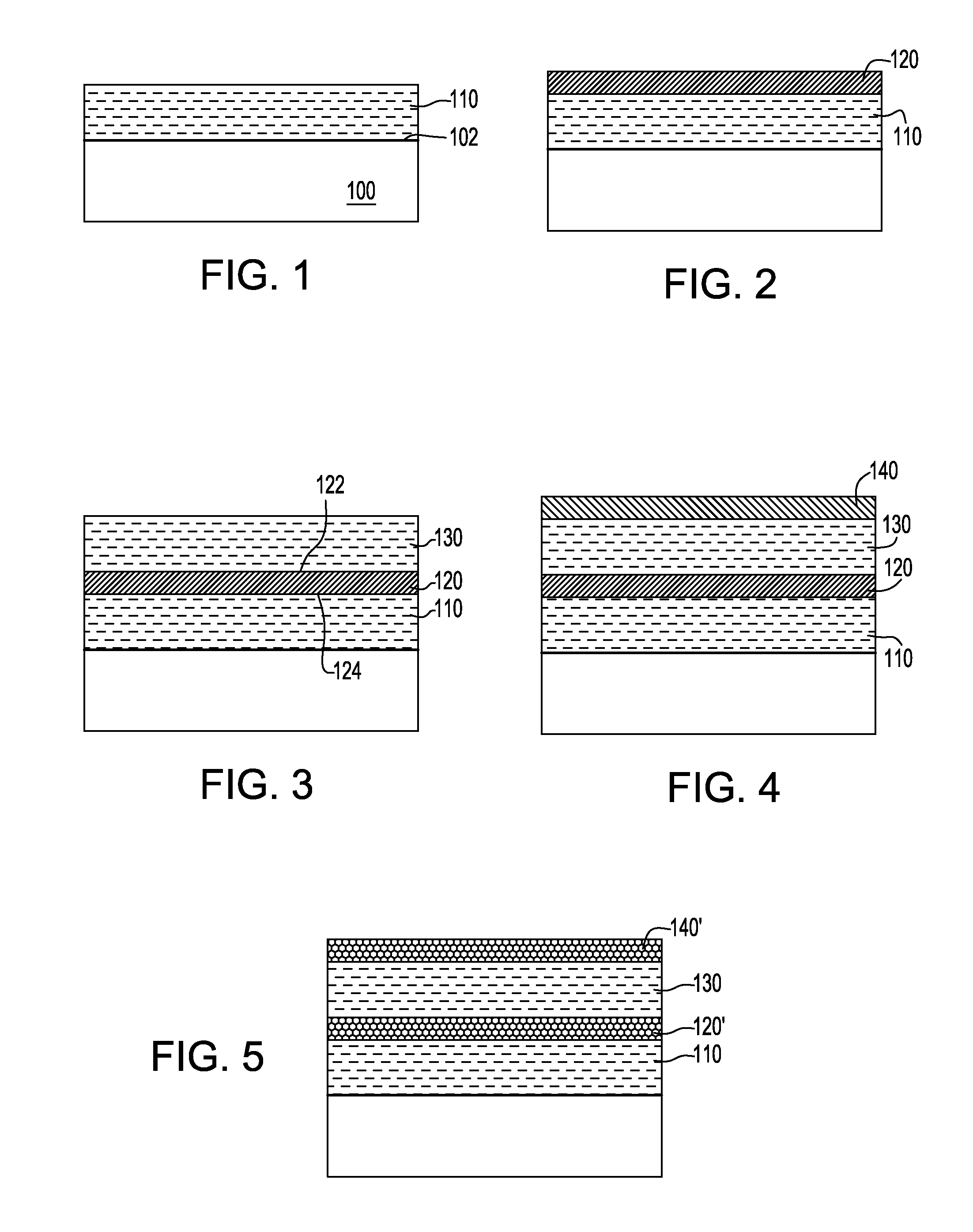Formation of SOI by oxidation of silicon with engineered porosity gradient
a technology of porosity gradient and silicon, applied in the direction of semiconductor devices, semiconductor/solid-state device details, electrical apparatus, etc., can solve the problems of unfavorable soi structure formation
- Summary
- Abstract
- Description
- Claims
- Application Information
AI Technical Summary
Benefits of technology
Problems solved by technology
Method used
Image
Examples
Embodiment Construction
[0021]A feature of a method of fabrication described in accordance with an embodiment of the invention illustrated in FIGS. 1-6 is epitaxial growth of a series of monocrystalline semiconductor layers having differing p-type dopant concentrations which can be established by an in situ doping method. Unlike the ion implantation process described above in Choe et al. as background herein, an in situ doping method establishes a dopant concentration in a semiconductor layer by controlling a concentration of a dopant material present in a chamber while epitaxially growing the semiconductor layer. The epitaxial layer growth method permits creation of layers each having uniform dopant concentration with sharp transition to the adjacent layers of different dopant concentrations. Thus, in an embodiment of the invention herein, a series of vertically stacked epitaxial semiconductor layers can be doped to different p-type dopant concentrations by controlling concentrations of dopant material pr...
PUM
| Property | Measurement | Unit |
|---|---|---|
| distance | aaaaa | aaaaa |
| thickness | aaaaa | aaaaa |
| thickness | aaaaa | aaaaa |
Abstract
Description
Claims
Application Information
 Login to View More
Login to View More - R&D
- Intellectual Property
- Life Sciences
- Materials
- Tech Scout
- Unparalleled Data Quality
- Higher Quality Content
- 60% Fewer Hallucinations
Browse by: Latest US Patents, China's latest patents, Technical Efficacy Thesaurus, Application Domain, Technology Topic, Popular Technical Reports.
© 2025 PatSnap. All rights reserved.Legal|Privacy policy|Modern Slavery Act Transparency Statement|Sitemap|About US| Contact US: help@patsnap.com



